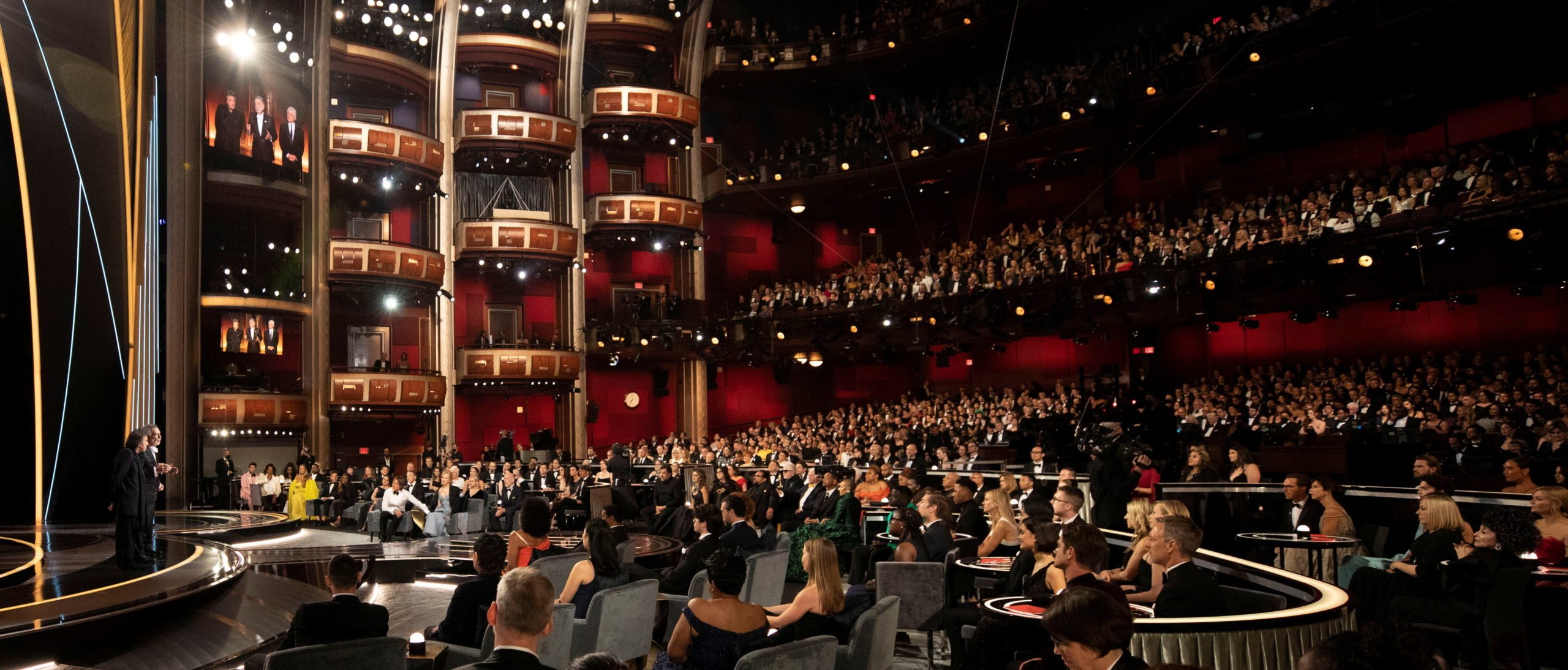The future of film might just be family friendly.
If you’ve watched a Disney show lately, chock-full of gender propaganda, you might find this hard to believe. But the raunchy, R-rated sex scenes that used to be Hollywood’s bread and butter are in a sharp decline.
Film-data analyst Stephen Follows crunched the numbers, looking at the 250 top-grossing movies in America since 2000. He found that the level of “sex and nudity” — ranked from “none” to “severe” — “has fallen by almost 40%.” Twenty years ago, only 20% of films had no sexual content. Today, that figure stands at nearly 50%. In other words, sex no longer sells as it used to.
Sex and nudity in movies has decreased by almost 40%
Movies with no sexual content has increased from 20% per year to 50%
(Source: https://t.co/LmgzvpEwhS) pic.twitter.com/BzAFYMGvig
— DiscussingFilm (@DiscussingFilm) May 2, 2024
Over 50 years ago, Jon Voight shocked America’s senses with his debut role in “Midnight Cowboy,” (1969) the first (and only) X-rated film to win the Oscar for Best Picture. Voight’s character experienced the worst of New York’s seedy underbelly as a naive male prostitute, but the film would seem tame by today’s standards. Several years later, Bertolucci’s “Last Tango in Paris” (1973) sparked outrage, protests and even a bomb threat for being what William F. Buckley described as “pornography masquerading as art.” It nevertheless went on to become one of the top grossing films of 1973. Films like “Blue Velvet” (1986), “Basic Instinct” (1992) and “Fatal Attraction” (1987) mainlined psychosexual violence into America’s psyche, with Sharon Stone normalizing full-front nudity along the way. All went on to become cult classics. The century culminated with the hyper-sexual and massively successful “American Pie” series, in which the very title suggested debauched, over-sexed teenagers were quite literally as American as apple pie.
For half a century, Hollywood continued to push the boundaries of sex on screen, always itching for a bigger fix. Sex scenes that would have caused outrage decades ago might not even score an R-rating today, but still, the volume of sex on screen is down. If America’s tolerance for graphic sex keeps growing, why has the overall trend reversed?
This isn’t happening in a vacuum. The same people who for decades cheered on female sexual liberation have now appointed themselves the new sexual Gestapo. #MeToo sent a chill through Hollywood, where any minor infraction on or off screen could turn into a career-killing fiasco. As The Economist points out, it’s now routine for schoolmarmish “intimacy co-ordinators” to serve as referees on set.
It could also be an attempt to cater to new audiences. Multiple studies suggest that Gen Z is notoriously prude, having far less sex than generations past. That probably carries over to their film preferences, with a study from UCLA showing that half of Zoomers think romance is “overused” and that shows and films “don’t need sexual content.”
Or perhaps it could be a matter of over-stimulation and fatigue. Hollywood has crossed every line, broken every taboo, tamed every frontier — there’s simply no bigger fix to be had. Film studios are as burnt out as their audiences.
On the other hand, sex might be less visually prevalent, but sexuality has never been more front and center in our cultural discourse. Preferred pronouns pop up frequently in daily life, whether it be on social media or corporate email signatures and name tags. “Pride” is something people now wear on their sleeves, with no less than 3 months and 28 calendar days set aside for some sort of LGBTQ celebration. And of course, sexually loaded children’s programming is now the standard across America, teaching gender ideology to the next generation as though it’s a perfectly normal part of life. The common strain is that human sexuality isn’t a behavior, preference or even just a natural function of biology, but a central part of our social identity, critical to how we navigate the world around us. Unlike generations past we, as a culture, define ourselves by what we find sexually gratifying.
So it’s unsurprising that sex shows up in the movies in similarly subtle ways; just look at some of the biggest films of the past year. Two 2024 Best Picture nominees took larger than life historical characters and reduced them down to their sexuality. “Oppenheimer” showed how love and lust drove the radicalism of the brilliant Communist-sympathizer who reluctantly developed the atomic bomb. “Maestro” took the greatest conductor of all time, Leonard Bernstein, and showed his musical genius flowing from his complicated bisexuality. Even “Napoleon” which flopped after great anticipation, reduced the Emperor’s will to power down to a bundle of Freudian neuroses.
Sex hasn’t gone away. Really, it’s never been more prominent.
But there is a silver lining in Follows’ numbers. The left’s long march through the institutions of film seems to finally have reached its end. Which goes to show that there is indeed an end.
The leftist view of “progress” is that it’s a force unto itself, always moving toward greater freedom, leaving the old traditions, superstitions and conventions crumbled in its wake. “History” has no real end point, but is a perennial forward march. Except by “freedom,” what they really mean is license to whatever, whenever, however you please — as long as all parties “consent,” of course. To those committed to this idea of progress, their freedom is one that cheers debauched sex on television for its own sake, pushing the boundaries forward just because it can. Plot and characters, the beauty and artistry of film making all become subordinate to furthering the sexual revolution.
Once people taste the liberation, there can be no going back — or so the theory goes. But the evidence that the sexual revolution has finally burnt itself out on screen shows that history is cyclical, not linear. This alone should be enough for the still-committed ideologue to rethink his artistic priorities.
That doesn’t mean we should go all the way back to where we started. There is a valid point to be made that federal media censors during the Golden Age of Hollywood were overly prude. Their heavy hand severely restricted the artist’s ability to create; early, transgressive film making was a necessary corrective. Yet the uninhibited leftist sensibility is equally restrictive today. When breaking taboos becomes a raison d’être, the director subverts his own artistic license. His vision necessarily becomes contrived, subordinate not to a censor, but his own political beliefs that he wants to will into existence. He can’t produce art, only a political exhortation.
As history circles back, film makers have a great opportunity to break the vicious march of “progress” once and for all. Sex and nudity are fine when they are used to convey stories and themes, develop characters, build a realistic world or even craft a riveting aesthetic— but they have no value on their own. As Hollywood increasingly realizes this, it may finally be able to get back to the business of producing some real art.









